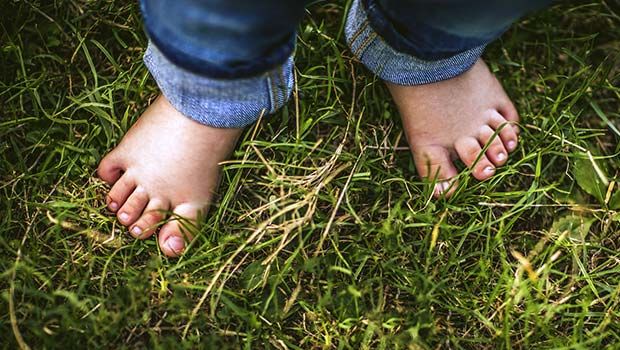 Studies on the long-term effects of habitual barefoot walking or running are scarce, and there is only limited evidence for more foot problems and no evidence for higher injury rates among people who are often barefoot, according to a new review.
Studies on the long-term effects of habitual barefoot walking or running are scarce, and there is only limited evidence for more foot problems and no evidence for higher injury rates among people who are often barefoot, according to a new review.
“Having the huge ‘barefoot debate’ in mind, we expected more evidence on the long-term effects of barefoot locomotion,” said lead author Dr. Karsten Hollander of the Institute of Human Movement Science at the University of Hamburg in Germany.
Some populations, for example South Africa, include many people who are habitually barefoot, Hollander told Reuters Health by email. He and his colleagues are currently preparing a large study comparing barefoot children in South Africa to shod children in South Africa and Germany on the basis of foot development and motor performance.
For the review, Hollander and coauthors included 15 studies of more than 8,000 people, total, comparing the physical metrics, biomechanics, motor performance and pathologies of habitually barefoot and habitually shod people.
Habitually barefoot people tended to have slightly wider feet than people who wore shoes. Relative injury rates were similar regardless of footwear state, as reported in Medicine and Science in Sports and Exercise.
There was no evidence that habitually barefoot people have better motor performance in the long-term, and there was very limited evidence for health-related outcomes, the authors wrote.
The body adapts well to walking or running barefoot, Hollander said, “but the body needs time to adapt to this new technique and I think the amount of training and recovery a body needs is individually different.”
“There is some evidence for endurance running having been an important factor of our evolution and most probably our ancestors did run barefoot or with minimalistic footwear,” he said.
Besides blisters, cuts and bruises, there may be different injury patterns in barefoot runners, he said.
“While shod running leads to more injuries at the plantar fascia, knee, hip and back, barefoot runners were more prone to be injured at the Achilles tendon and other tendons of the lower extremity,” he said.
But there seems to be no evidence for more or less overall injuries – and neither is there evidence for protective effects of footwear on injuries, Hollander said. Barefoot locomotion may make for stronger feet.
“My personal opinion is that many people could benefit from walking barefoot,” taking care to avoid hazards, he said. Minimalist shoes may help protect the foot from hazards like glass or sharp stones.
“But the important thing is that the transfer to barefoot or minimalist shoes needs time and some adaptation in the running technique,” he said.










